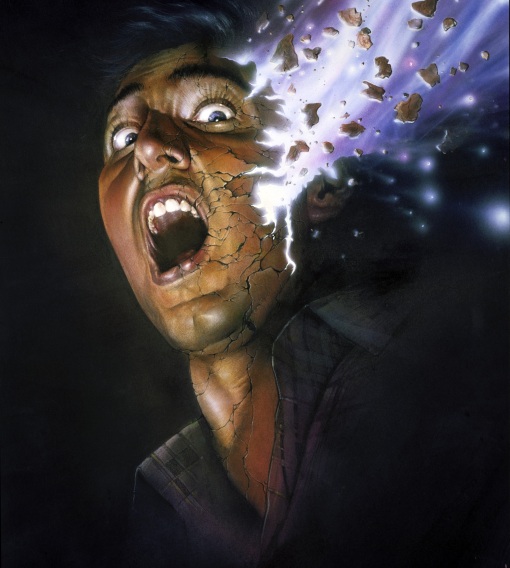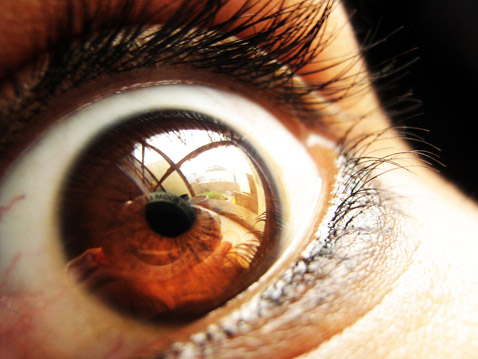Urban legends and myths about drugs run rampant in our society. Largely due to the underground networks surrounding the drug culture and the lack of formal education about drugs. It is hard to tell what is and isn’t a myth. Usually a friend or relative are the ones spreading the misinformation which makes it even more believable. With the following guide you will have a much better compass through the murky waters of illicit drug conversation.
Things to look for:
1. Excessive detail in the description.
Does the teller of the myth go into detail above and beyond what is necessary? Does it seem out of place in the conversation? You are probably dealing with a myth. Urban legends often rely on the audience’s lack of familiarity with some highly complex system medical, legal, or otherwise.
Here’s an example,
LSD makes your brain bleed and it drips blood onto your spinal cord, that is the reason people get flashbacks.
This is a great myth in many ways and one of my favorites.
Another example with along the LSD theme,
Taking LSD seven times makes you legally insane.
That’s a classic. What is the definition of “legally insane”? Who knows? The use of a specific number is a dead giveaway that this is a myth. Also the number will often change from source to source.
2. Is it intended to scare you?
Most drug myths are intended to scare you. Especially in the case of marijuana. Here is a popular myth,
Ecstasy drains you spinal fluid.
or a more alarming variation on the myth,
Ecstasy is stored in your spinal fluid over time and when you crack your back it releases into your system.
There are many more myths about ecstasy and the spine too. People will defend these myths to the death, even though they are utterly ridiculous.
3. Does it have a punch line?
I got this one from snopes.com,
This guy goes down to the States from Canada. He comes across this amazing deal on acid, so he buys a hundredlot. He figures that it’s not likely they’ll strip search him, so he tapes the whole sheet to his stomach when he goes back. At the border he’s ordered to get out of his car and wait in a room while they search the car. He gets so freaked out, thinking that they’re going to strip search him after all, that he starts sweating. The sweat soaks the sheet taped to his body and he absorbs a hundred hits of acid through his skin. Pretty soon he thinks he’s an orange and decides he’ll have to peel himself, so he starts peeling off his clothes. To this day he’s confined to a psychiatric ward, still convinced that he’s an orange.
That is the king of drug myths. It has been regurgitated in a million different ways but the punch line is the same. I’ve heard several different versions of this one. Some say he actually started to pull off his skin thinking its an orange peel.
4. Did it happen to a friend of a friend?
Urban legend spreaders will often say that it happened to someone they know (or say they know) to add credibility. That is a dead giveaway that they are feeding you an urban legend.
Here’s an example,
My neighbor’s cousin wend blind from staring at the sun too long while tripping on acid.
5. Does it sound too good to be true?
There are no boring urban legends. If it does not pique your curiosity what is the point of making up a story?
Here is an example, this one is called the after toke smoke. It goes like this,
Smoking a cigarette after marijuana gets you 33% higher.
I can’t believe I actually found a link to this myth. I originally heard it years ago. This link says 27% higher which shows how it changes from teller to teller. Exact (although made up) statistics are very common in urban legends. If you hear different numbers from different sources you are likely dealing with an urban legend.
6. Is there a moral to the story?
Most legends, including urban legends, have a moral. In the case of drug myths the moral is usually “don’t do drugs”. This one is a great drug urban legend,
This story was told to me by a friend who heard it on the news on the radio about a year or so ago. It is a factual account.
There was a girl and she was baby-sitting. The parents had gone out to a very big party and had left this infant at home with this sixteen-year-old girl. So she was babysitting and they phoned just to see if everything was all right. She said, “Oh, fine. Everything’s great. The turkey’s in the oven. The mother went, “Oh, okay, fine,” and she hung up. Then she looked at her husband and went, “The turkey’s in the oven? We didn’t have a turkey!” He said, “What’s the matter?” So they decided they had better go home and see what was the matter. Maybe there was something wrong with the babysitter.They excused themselves from the party and went home. So they walked in the house and saw the baby-sitter sitting in the chair freaking out. She had put the little infant in the oven and had thought it was a turkey.
I stole that one from snopes.com. The moral here is to make sure your babysitter is not on LSD. Or maybe it is don’t take psychedelic drugs if you are taking care of an infant. You get the idea.

The truth is never as interesting as the myths. Drugs have been used for thousands of years and will continue to be used for thousands more. The prohibition imposed dark ages around illicit drugs have left the door open for urban legends. Don’t be fooled.









 Subscribe to my RSS Feed
Subscribe to my RSS Feed